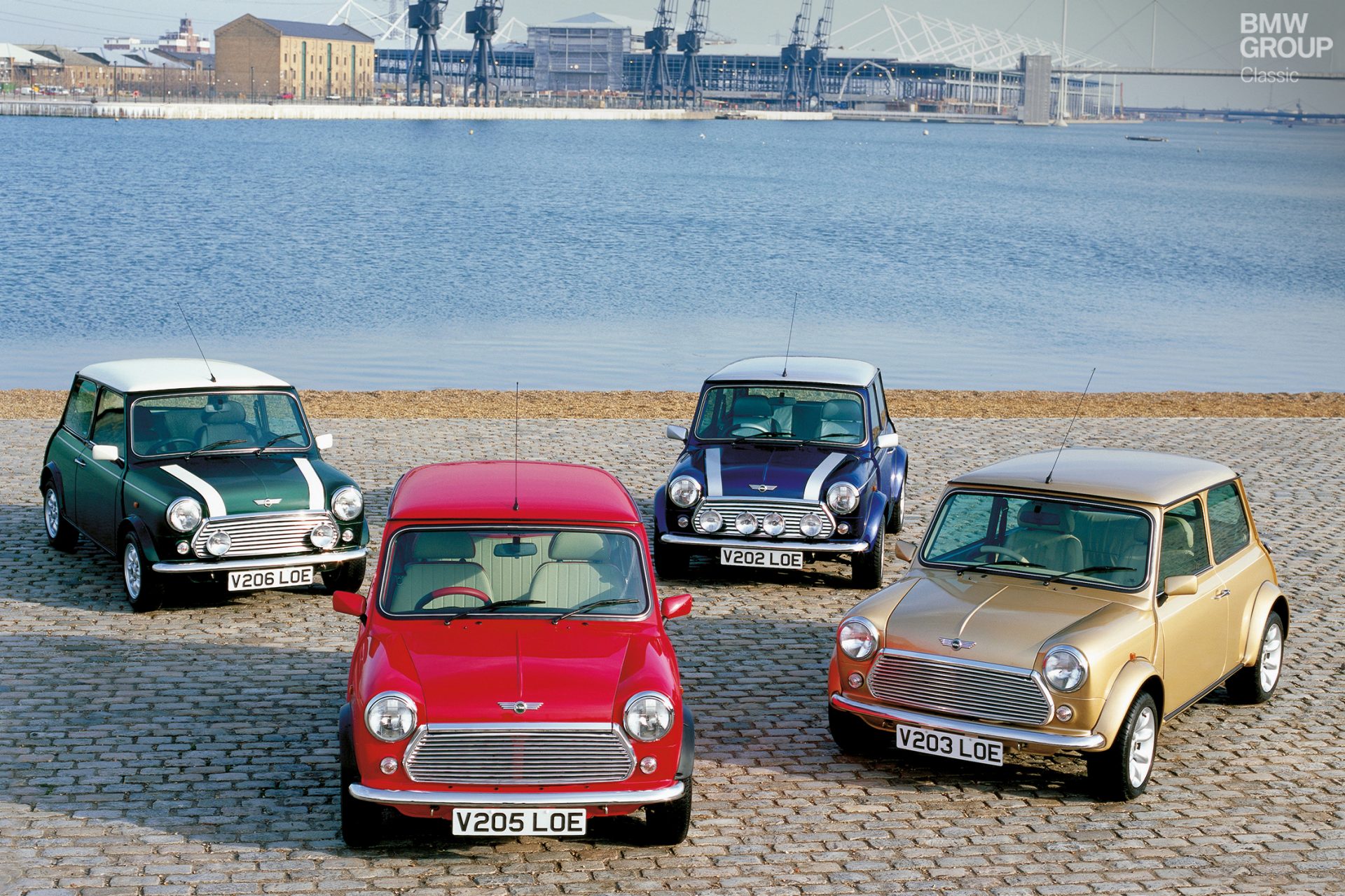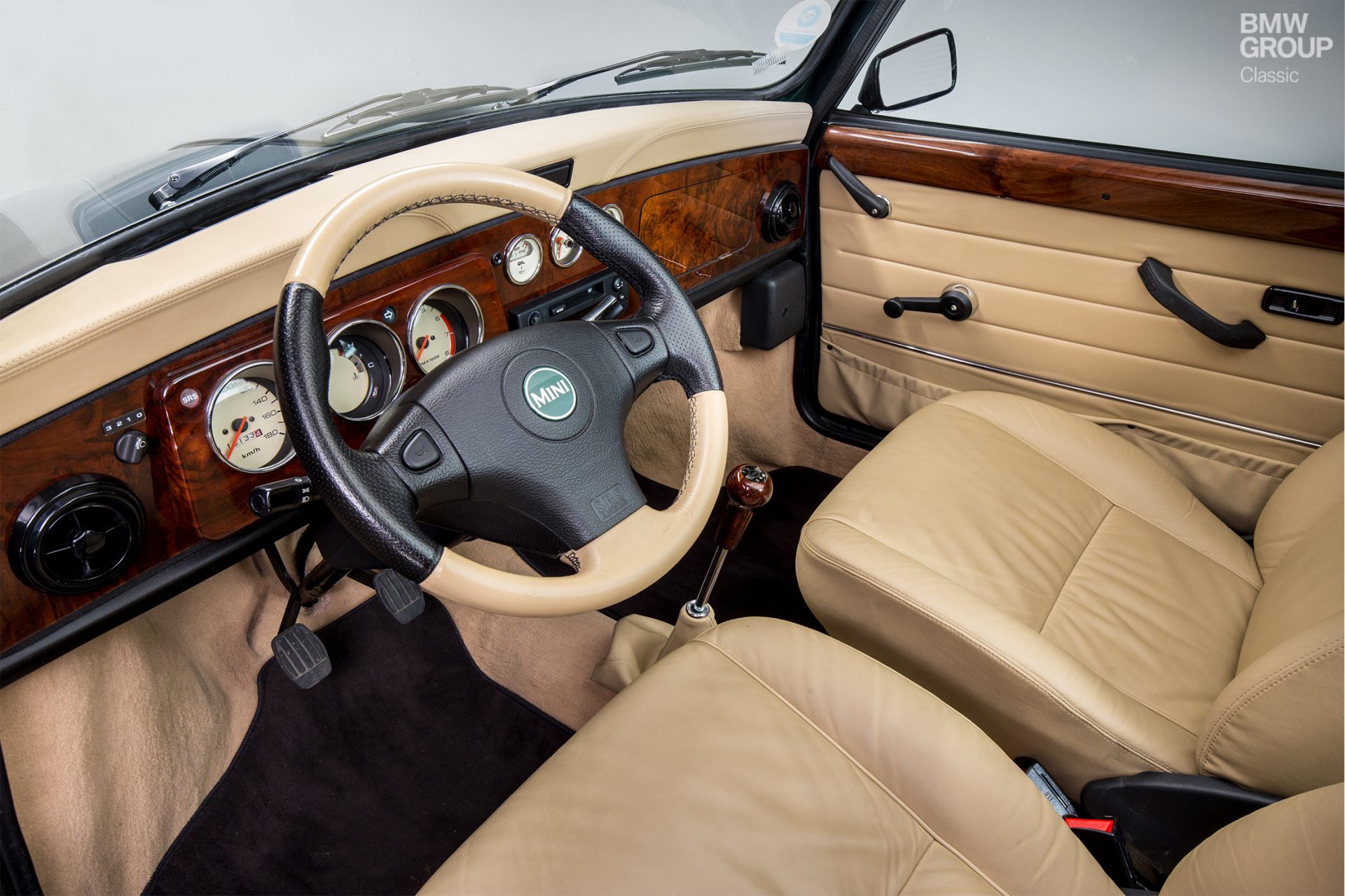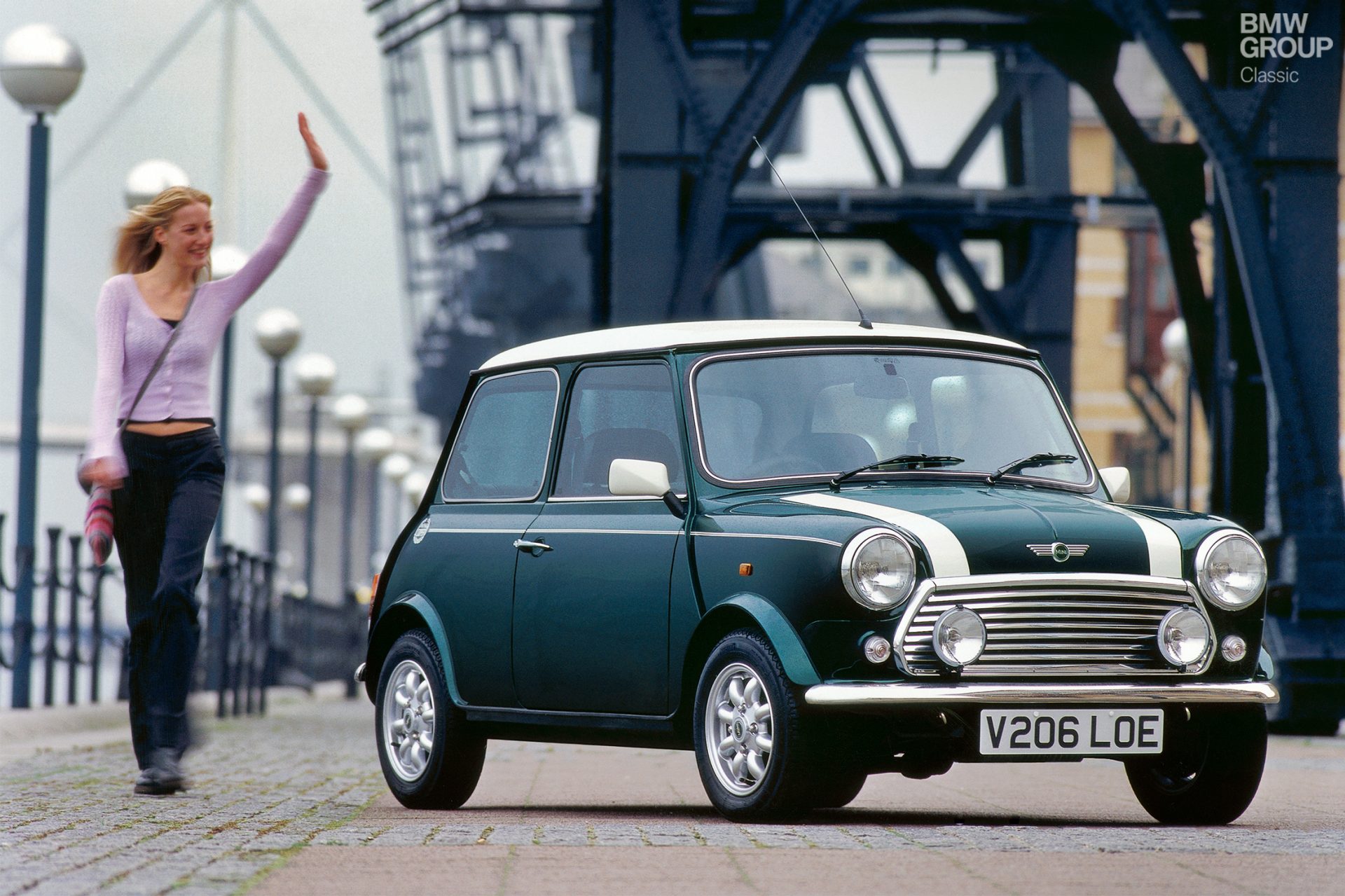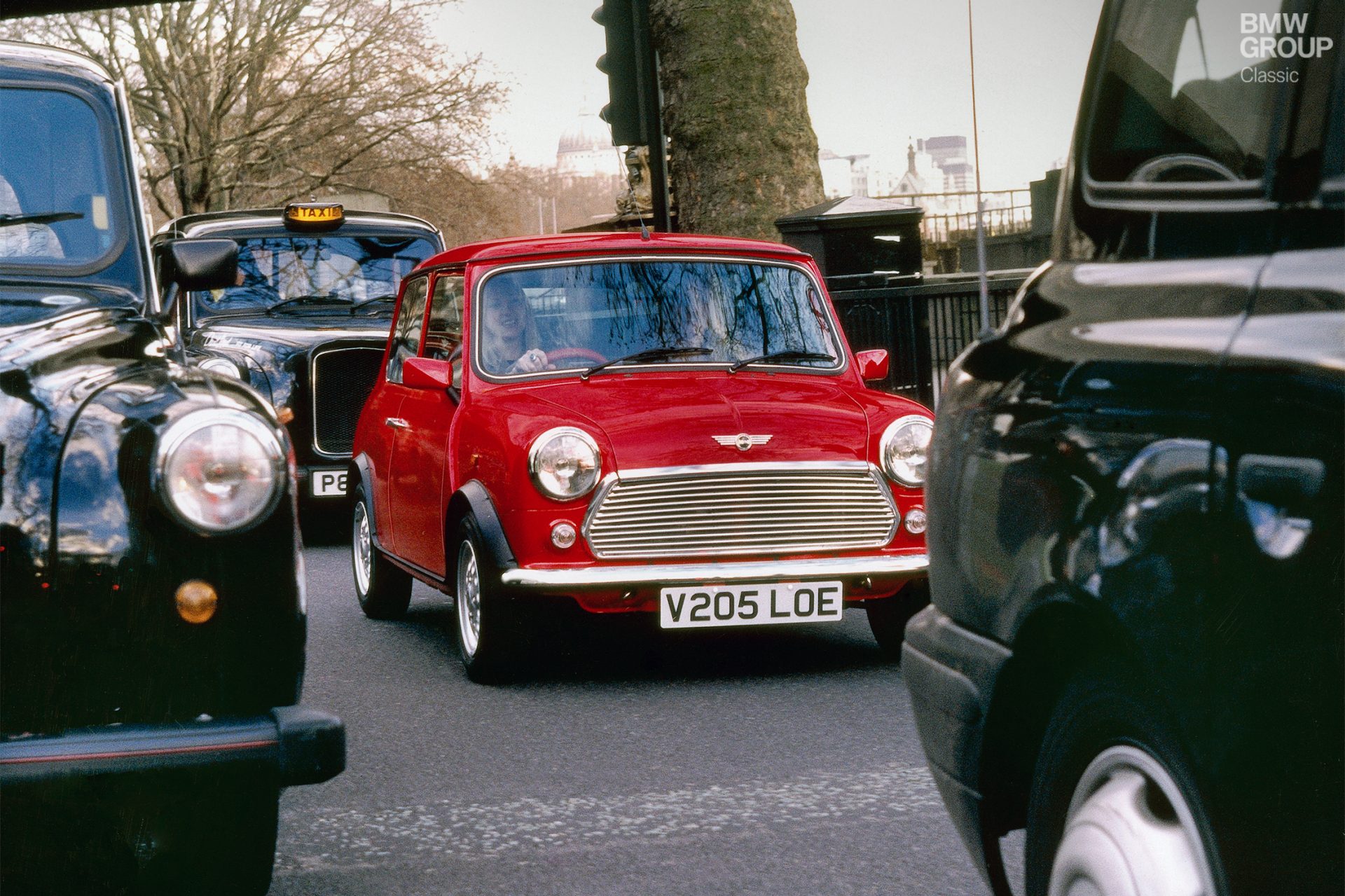In the year 2000, production of the classic Mini came to an end. Never had it been so technically advanced, so safe and so well equipped. And its global fanclub were in no hurry to say goodbye. That remains the case to this day. The club scene is livelier than ever, and there is no clearer proof of this than the spectacular annual get-togethers. Each year the brand’s enthusiasts seek out a different, ever more appealing venue for the occasion.
FAREWELL, YOU CRAZY LITTLE THING.


If I could turn back time.
The classic Mini had scrubbed up rather nicely for the turn of the millennium – as if wanting to make it as hard as possible for the fans to finally wave it on its way. Those with some disposable income acted quickly to add one of the last in the line to their garage. Reasonably plentiful in number, these buyers were spoilt for choice.


London calling. The Classic Mini Knightsbridge.
Giving a car the name of a district of London famous for its exclusive shops created certain expectations. But soft alpaca-coloured leather, polished walnut wood on the dashboard, a two-tone leather steering wheel and carpets you could sink your feet into delivered in spades. The Knightsbridge was every inch the expression of classy, English luxury. There was nothing reserved about its beaming Sienna Gold paintwork, and its 13-inch wheels in classical Minilite design radiated similar confidence. This Mini would grace a country estate with the same aplomb as a London townhouse – where its size and manoeuvrability meant you might even get to park it outside.


Back to its roots. The Classic Mini Seven.
There was once a Mini that wasn’t actually called a Mini, but an Austin Seven – a car that sauntered out into the spotlight in 1959. The special-edition Seven of the year 2000 harked back to the original model, especially with its interior. Cream-coloured cloth and red leather exuded the spirit of the 1950s, while the exterior could be had in red, anthracite or cream. This exercise in nostalgia was enough to induce sighs of wonder from passers-by.
Fasten your seatbelts. The Classic Mini Cooper.
Some things require no introduction. Like John Cooper’s transformation job on the practical Mini to turn it into a serial race and rally winner. The competition car had a confidence shared by the special-edition Cooper und Cooper Sport models – especially when decked out in traditional British Racing Green with a white roof and white stripes. That way it was clear to everyone – even from a distance – what was coming their way: the epitome of the sporty small car.
Despite all the visual contrasts between these different variants, it was a case of “one engine fits all”. The four-cylinder unit with 1.3-litre displacement, multi-point injection and a modern three-way catalytic converter produced a sprightly 63 hp, which was enough for 148 km/h (92 mph) at the top end. The engine’s power was channelled through a four-speed manual gearbox.
And so the millennium Minis celebrated their earliest ancestors one last time in their most fetching colours and appointments. But soon the curtain would come down and it was time for the Mini to move on to pastures new – namely a place in the history books.